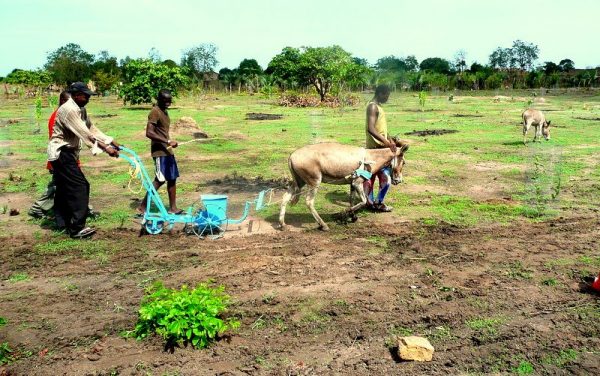By: Bakary Ceesay
An estimated 136,000 Gambians are at risk of severe food insecurity between June and August 2020 if appropriate measures and response are not implemented, a regional study has warned.
The number of Gambians already going hungry has significantly ballooned from the 46,000 estimated in March 2019 to 82,000 mainly due to the significant reduction in the 2019 production of groundnuts, the major cash crop, with consequent declines in households’ income and purchasing power.
According to The Cadre Harmonisé (CH), a current regional framework aimed to prevent food crisis by quickly identifying affected populations and proffering appropriate measures to improve their food and nutrition security. The numbers have gone above the 89,000 people estimated for the same period last year.
The report states that The Gambia is also facing multiple stressors including climate change variability and decreased access to adequate and quality forage resources.
“These have far-reaching consequences for animal production and productivity. The delay in the start of rains and reduced amounts, negatively impacted on the biomass yields of pastures and quantity of water in the natural water catchment points for livestock production,” it stated.
According to the National Emergency Response Plan, the country needs 2,710.7 tonnes of food commodities for the 22,073 highly vulnerable households from April to May 2020 and 16,867.6 tonnes for the 91,572 highly vulnerable and marginally food insecure households from June to August.
In addition, it requires USD$21,157,116 mainly to support seeds, fertilizers, vegetables and livestock inputs. The FAO office in The Gambia has pledged programmatic support to the Response Plan of the Ministry of Agriculture in the form of agriculture inputs.
The overall burden of acute malnutrition in 2020 was initially estimated at 33,283 (Moderate Acute Malnutrition [MAM] 42,676) out of the total population of 368,658 children 6-59 months old.
Further analysis factoring the effect of food security and COVID-19 on malnutrition estimates the burden at 58,177 (MAM 47,276), marking a 75 percent increase in the estimated burden of the Global Acute Malnutrition (GAM) if there is no immediate intervention. The 21 percent of the GAM increase is due to food insecurity, while the increase due to the combined effect of food security and COVID-19 is estimated at 36 percent.
Well below-average cereal production harvested in 2019.
Harvesting of the 2019 major crops, including millet, maize and rice (paddy), was completed last November. The 2019 national cereal production is estimated at 87 000 tonnes, 45 percent below average and 6 percent below the 2018 output.
The 2019 cropping season was marked by unfavourable rains, with a late start in late July and prolonged breaks of the rains in late August. This resulted in delayed planting and germination failure of crops, leading to extra expenditures for farmers.
Imports account for over half of the national cereal utilization in the country. Rice accounts for about 70 percent of the overall cereal import requirement, followed by wheat, which accounts for about 20 percent. Import requirements for the 2019/20 (November/October) marketing year are forecast at an above-average level of 290,000 tonnes as a result of high demand for human consumption.





